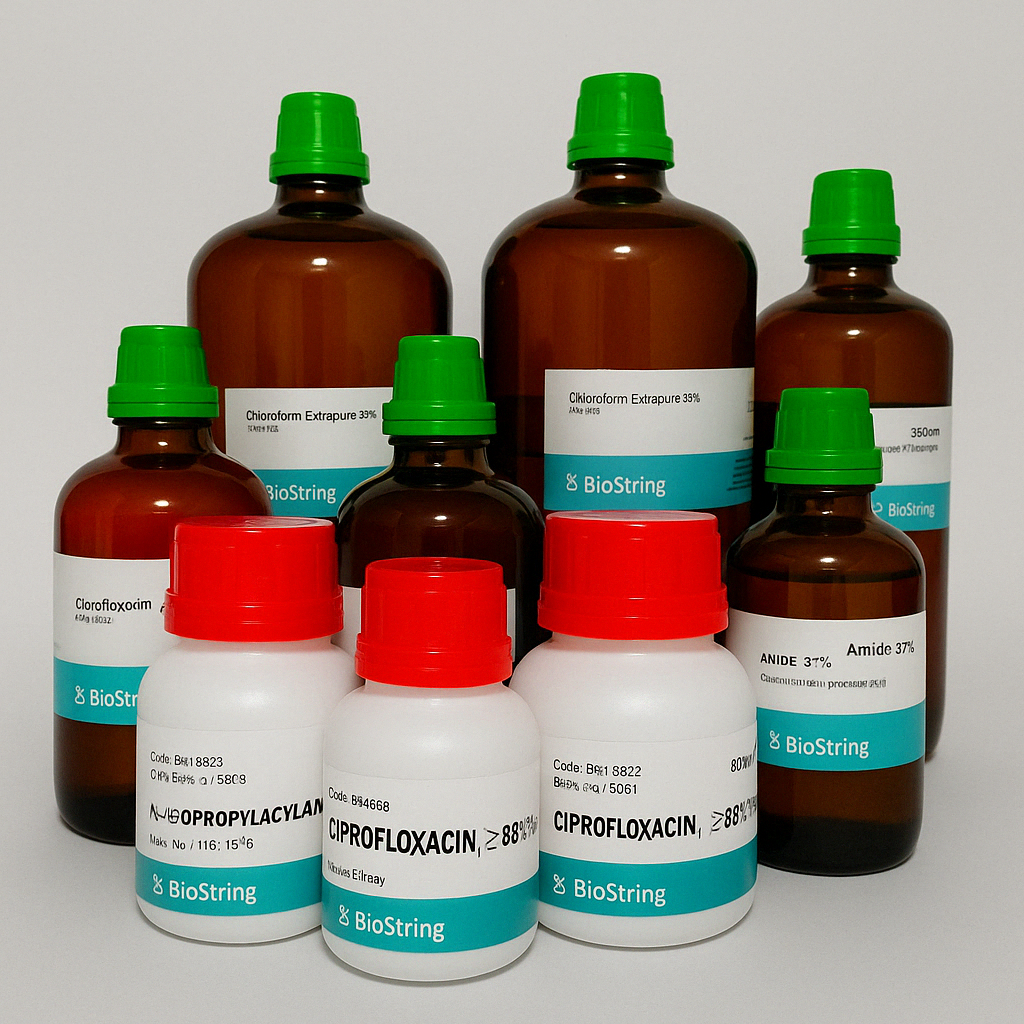Instructions for use
If you find that RIPA has precipitated, please put it at room temperature for half an hour or in a normal temperature water bath to dissolve the precipitate.
According to the amount used, add 10ul PMSF to every 1ml RIPA, so that the final concentration of PMSF is 1mM. Mix well and set aside (PMSF is added now).
1. Sample pretreatment:
a) For adherent cells: remove the culture medium and wash once with PBS, normal saline or serum-free culture medium. Add the lysate according to the ratio of adding 150-250 ul lysate to each well of the 6-well plate. Pipet several times with a gun to make the lysate fully contact with the cells.
b) For suspension cells: collect the cells by centrifugation, and disperse the cells vigorously with your fingers. Add the lysate according to the ratio of 150-250 ul lysate per well of the 6-well plate, and flick with your fingers to fully lyse the cells. After adequate lysis there should be no visible cell pellet. If the amount of cells is large, it must be divided into 500,000-1,000,000 cells/tube, and then lysed.
c) For tissue samples: Cut the tissue into fine pieces. Add lysate according to the ratio of 150-250 ul lysate per 20 mg tissue. (If the lysis is insufficient, more lysate can be added appropriately, and if a high-concentration protein sample is required, the amount of lysate can be appropriately reduced).
Homogenize with a glass homogenizer until fully lysed.
2. Post-processing:
Centrifuge the lysed sample at 10,000-14,000 g for 3-5 minutes, and take the supernatant, which can be used for subsequent operations such as PAGE, Western, and immunoprecipitation.
Precautions:
This reagent is a strong lysate, which can extract nucleoprotein, but at the same time of extracting nucleoprotein, the genome will be released together, resulting in viscous cell lysate. At this time, protein loading buffer can be directly added, boiled and then Centrifuge, and directly load the sample for electrophoresis after centrifugation; if you want to measure the concentration, you can add a small amount of SDS (1%), boil and then centrifuge to measure the concentration. The protein extracted by this series of protein extraction reagents contains detergent, so it is not suitable for Bradford protein concentration determination kit, please choose BCA method or Lowry method to detect protein concentration.
If it is necessary to detect proteins that are particularly tightly bound to the genome, the viscous material can be broken up by sonication, and then centrifuged to obtain the supernatant for subsequent experiments.



Reviews
There are no reviews yet.